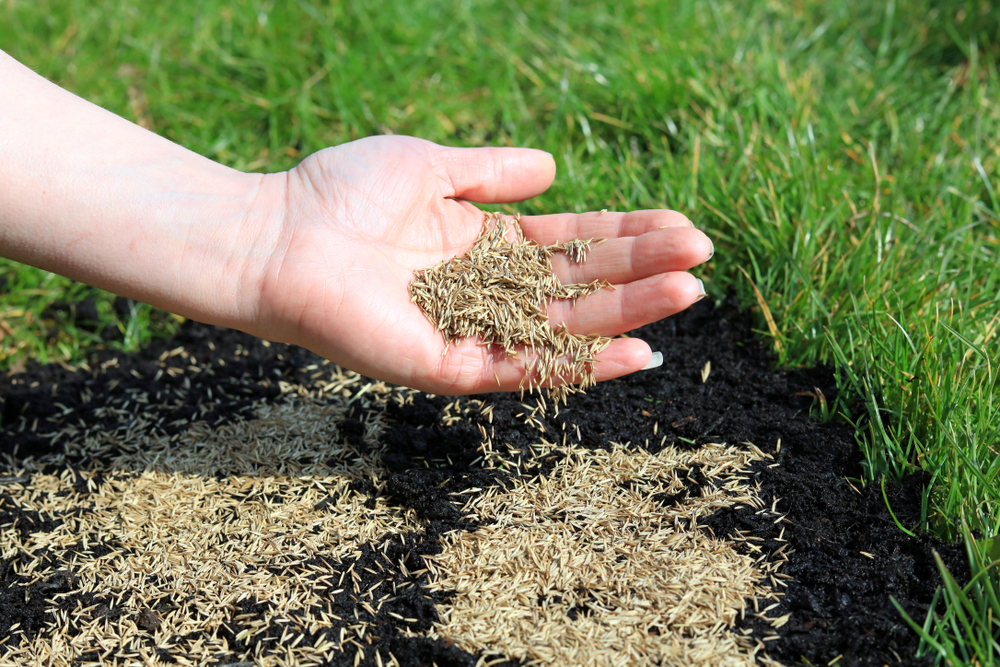

Don't forget to work fertilizer into the soil to help with growth though.Ĭheck out our guides on how to remove crabgrass and how to get rid of dandelions. Remember to remove any weeds from the soil before you plant your grass seed as well, though avoid using chemical weed killers at all costs - the chemicals can hang around in the soil for some months after and stop your grass seeds from germinating. If you're planting grass seed in an area where there was none before, you'll want to till the soil to a depth of about 3 inches. A regular rake will help you take care of this. You should also dethatch your lawn, to remove any dead or dried grass. If these aren’t removed, they will occupy valuable space in the soil which your grass seed requires, impacting its growth down the line. One step many forget to take is removing large debris from the soil, including the likes of rocks and wood. You need to ensure your yard is properly prepared before you get sowing as well. By growing a grass seed which isn’t suited to your region, you'll hinder its growth before you’ve even started. It’s important that you take grass seed type into consideration. Consider what would best suit the conditions of your yard and soil, and go from there. Each will offer different characteristics - some prefer alternative pH levels, and others are more hardy. Once you know this, you can shortlist suitable types of grass seed within your category and decide between those. You can always ask for guidance on which type will best suit your region at your local garden center. Traditional grasses are ideal in central states. Cool-season grasses grow best in northern states, while warm-season works best in southern states. There are cool-season grasses as well as warm-season grasses. Depending on where you live, some will grow better than others. The first thing you need to know is there are actually different types of grass seed you can grow.


 0 kommentar(er)
0 kommentar(er)
